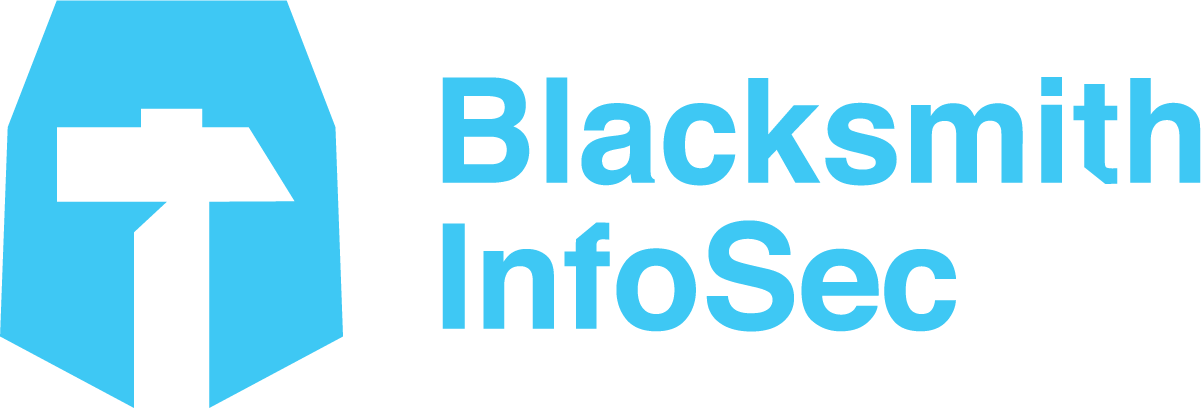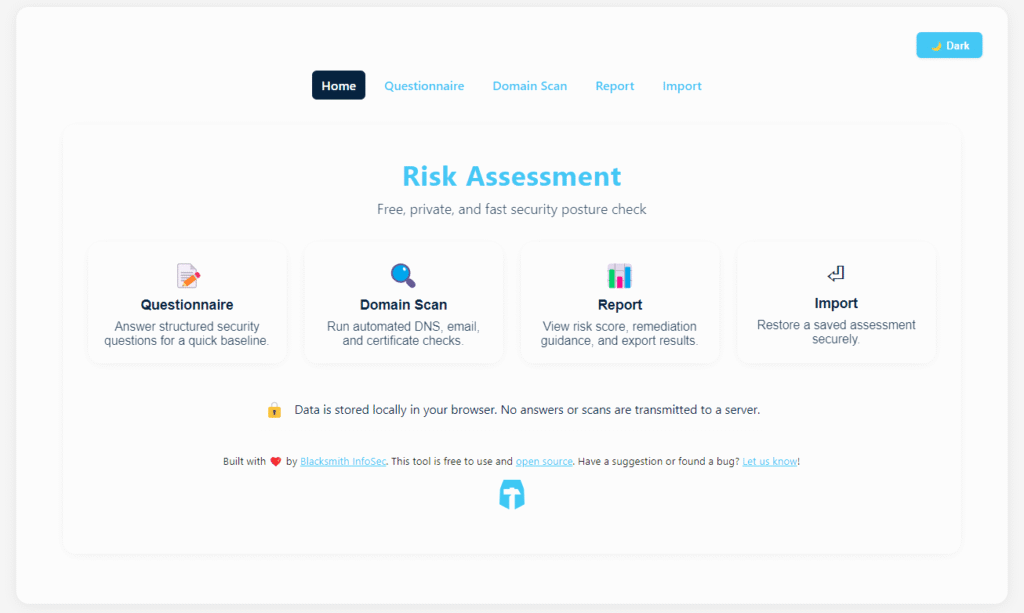The European Union’s NIS2 Directive is sending ripples across the Atlantic — not only for U.S. companies already doing business in Europe but as a case study for what’s likely on the horizon in American compliance. As states and federal agencies introduce tougher cybersecurity mandates and incident reporting rules, NIS2’s implementation offers a unique preview of the hurdles, pitfalls, and solutions that U.S. enterprises may soon face.
Key Lessons from NIS2’s Implementation
1. Relying on Proven Frameworks Makes All the Difference
Perhaps the most striking parallel emerging from companies navigating NIS2 is that those with mature, globally recognized cybersecurity and risk frameworks in place (like NIST CSF, ISO 27001, or SOC2) handled the transition far more smoothly than their peers. These organizations were able to “map” NIS2’s requirements directly onto existing controls and use current monitoring, risk analysis, and documentation systems — saving both time and resources.
In contrast, companies without foundational frameworks struggled with fragmented approaches and last-minute adaptation, often scrambling to satisfy new requirements in each EU country they operated within.
Takeaway for U.S. firms:
Investing in robust, flexible frameworks is not just about compliance today — it’s insurance for tomorrow’s regulations, no matter where they come from. As U.S. rules evolve (think SEC incident reporting, state-level AI/privacy laws), organizations poised with NIST or ISO-aligned programs will be able to adapt quickly.
2. Don’t Assume Past Experience is Enough
Many U.S. multinationals discovered that their GDPR playbooks did not fully prepare them for NIS2’s far broader scope — which includes critical infrastructure, supply chain, and technical controls well beyond privacy. Companies that relied solely on privacy or data-centric teams found gaps in board-level oversight, supply chain risk management, and incident readiness. Those who expanded GRC beyond data compliance, appointed clear internal “champions,” and ensured executive (not just technical) buy-in fared better.
U.S. implication:
With regulatory focus shifting from data to holistic operational resilience, American organizations must modernize risk ownership — embedding cybersecurity responsibility across all business units, including at the board and C-suite level.
3. Proactive Supply Chain Management is Now Mandatory
A central NIS2 lesson: you can’t demonstrate compliance if you can’t prove your vendors and partners are secure. Some U.S. firms lost contracts in Europe because they could not promptly validate their third-party controls or respond to supply chain audits. Those who had pre-built platforms for ongoing vendor assessments, vulnerability monitoring, and contractual controls emerged stronger—and more attractive to EU partners demanding assurance.
Parallel in the U.S.:
From CISA’s software bill of materials (SBOM) push to new critical infrastructure reporting mandates, the expectation for supply chain diligence is fast becoming the norm stateside. Early adoption of third-party risk management best practices will soon be table stakes, not a differentiator.
4. Continuous Training and Actionable Incident Response are Critical
Firms with regular security and compliance training, assigned local NIS2 contacts, and drilled 72-hour incident reporting scenarios adapted much faster to EU expectations. Waiting for regulatory guidance to “settle” or delaying investment in multidisciplinary incident teams led to operational headaches and, in some countries, penalties.
What this means in the U.S.:
Regulators increasingly favor “ready now” posture over promises to improve later. With more rapid response and disclosure obligations (under SEC, FTC, and state law), running integrated simulations and clarifying roles is now strategic — not just regulatory.
Expert Views: What NIS2 Signals for the U.S.
Industry experts see NIS2 as a preview of future global regulatory consensus: broader scope (critical infrastructure, supply chain), executive accountability, real-time incident reporting, and proof of continuous risk management. U.S. agencies are actively studying its rollout — particularly the challenges of integrating supply chain, multi-jurisdiction response, and continuous monitoring expectations. Cybersecurity and GRC leaders in the U.S. expect domestic regulations to continue converging with European-style requirements, especially as federal and state lawmakers look to harmonize fragmented standards and raise the bar for critical sectors.
“NIS2 represents a paradigm shift in cybersecurity compliance. Its extraterritorial reach, stringent requirements, and severe penalties make it a critical priority for U.S. companies operating within or doing business with the EU. … By investing in the right tools, fostering a culture of accountability, and embracing data-driven decision-making, U.S. companies can turn the challenges of NIS2 into opportunities. Ensuring compliance is not just about avoiding fines: it’s about maintaining trust, securing market access, and positioning for success in a rapidly-evolving global landscape.”
— Leila Powell, Head of Data, Panaseer, in SC Media Perspectives.
Preparing for the Future: Steps for U.S. Enterprises and MSPs
-
Map current controls to major frameworks (NIST, ISO) now.
-
Expand compliance ownership beyond IT and privacy — engage the board and business teams.
-
Strengthen ongoing third-party and supply chain risk management.
-
Test and refine rapid incident reporting workflows before mandates appear.
-
Monitor regulatory developments and stay engaged with industry groups to anticipate and adapt.
The NIS2 experience makes clear: agile organizations that operationalize core GRC principles and treat compliance as a living process — not just box-ticking — are best positioned for whatever comes next. As the U.S. regulatory landscape continues to shift, those lessons are more relevant than ever.



